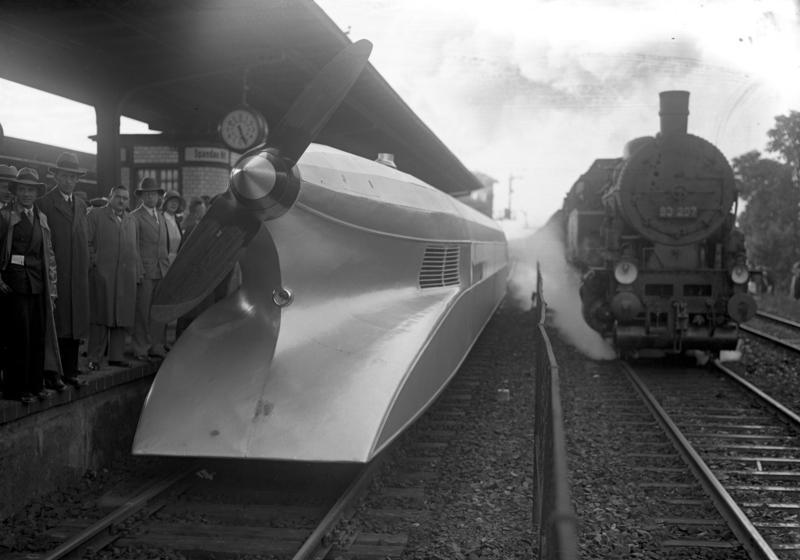In 1929 German aircraft engineer Franz Kruckenberg designed the Schienenzeppelin, a railroad engine that resembled a zeppelin airship. Built in 1930, the driving force was a propeller located at the rear, accelerating the railcar to 143 mph which set the land speed record for a gasoline powered rail engine.
The experimental version was the only one built but was never placed into service. The Germans have always been furturistic in their designs.
It wasn’t many years later that the Nazis, or we should say, German designers were building some of the most advanced weapons during WWII.
The end result being the Americans landing a man on the moon – thanks to the skills and talent of Nazi rocket scientist Wernher von Braun. The Americans shipped him to America as soon as they could after he surrendered on May 2 1945.
It was built in 1930 at the Hannover-Leinhausen division of the German Imperial Railway Company (Deutsche Reichsbahn).
The Schienenzeppelin was 25.85 metres (84 ft 9 3⁄4 in) long and had only two axles with a wheelbase of 19.6 metres (64 ft 3 5⁄8 in).
The height was 2.8 metres (9 ft 2 1⁄4 in). It was also fitted out with an aircraft engine and a propeller.
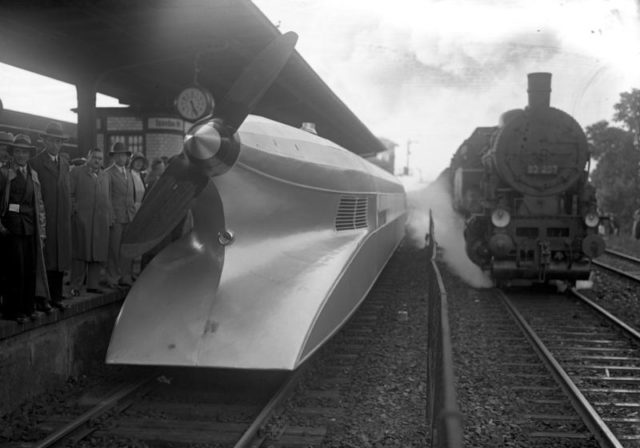
The railcar was modified several times but originally had two joined BMW IV 6-cylinder gasoline powered aircraft engines driving a four-bladed fixed pitch ash propeller.
The driveshaft was raised 7 degrees above the horizontal to give the vehicle downward thrust.
The body of the Schienenzeppelin was streamlined, resembling the familiar Zeppelin airships, and was built of aluminum to minimize weight.
The railcar could carry up to 40 passengers, but not in luxury. The interior design was kept to a minimum also due to weight concerns.
When the train was unveiled to the public, curious onlookers lined the railways to catch a glimpse of such an unusual looking train.
In retrospect, the original body design is very similar to NASA’s current space shuttles minus the wings and tail.
Later modifications changed the engine to a single BMW VI 12-cylinder of 600 horsepower, and the propeller was reduced to two blades.
After reaching 120 mph on May 10, 1931, a month later the engine set a railroad speed record of 143 mph on the Berlin–Hamburg line between Karstädt and Dergenthin. It would hold this record until 1954. The train still holds the land speed record for a gasoline powered railway engine due to the lightweight aluminum used in its design.

Kruckensberg made new modifications in 1932. He made a cut behind the front wheels and designed a completely new front end with a two-axle bogie, resembling the 137 155 railcar.
Additionally, the transmission was improved using hydraulics.
Early in 1934 modifications were again made with a Maybach GO 5 engine but the rail car was still not considered practical by the Deutsche Reichsbahn-Gesellschaft.
They went on to develop their own railcar in 1933 and dubbed it the Fliegender Hamburger- the Flying Hamburger.

Many of Kruckenberg’s designs for the Schienenzeppelin found their way into Deutsche Reichsbahn-Gesellschaft railcars.
The competition between Kruckenberg’s Flugbahngesellschaft company the Deutsche Reichsbahn-Gesellschaft engines as well as the fear that an open propeller was dangerous in overcrowded railway stations were just a couple of reasons the Schienenzeppelin was never put into production.

The design of the engine made it difficult to pull additional cars, especially on a steep incline where the propeller was useless.
The passenger load was limited to only 40 people, and the German railways, still recovery from the destruction of WW2, were too out of date to safely carry trains at such high speeds.

Eventually, the futuristic looking loco was scrapped in 1939 because of safety issues, and its problematic design and the German Army’s need for wartime building materials superseded any desire to save it and put it on display in a museum.
In 1932 a German company, Märklin GmbH in business since 1859, began making scale replicas of the German Rail Zeppelin. I am not too sure but guessing these toys will now be very collectable.

In the end the Schienenzeppelin was sold in 1934 to the German Imperial Railway service.
Interestingly, the engines that powered this beast went on to power light bombers of the Luftwaffe.
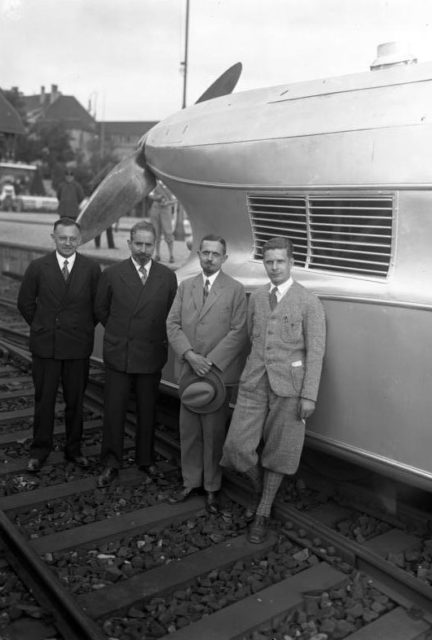
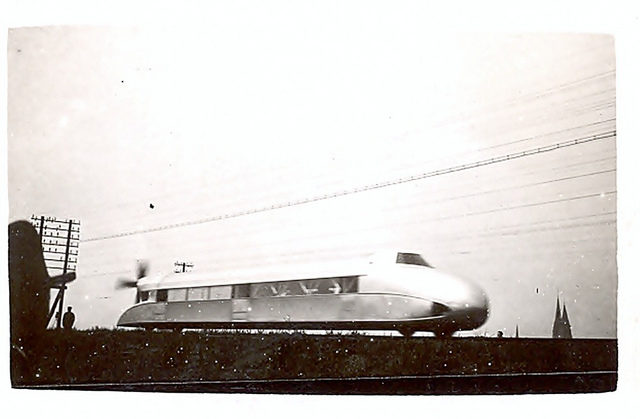
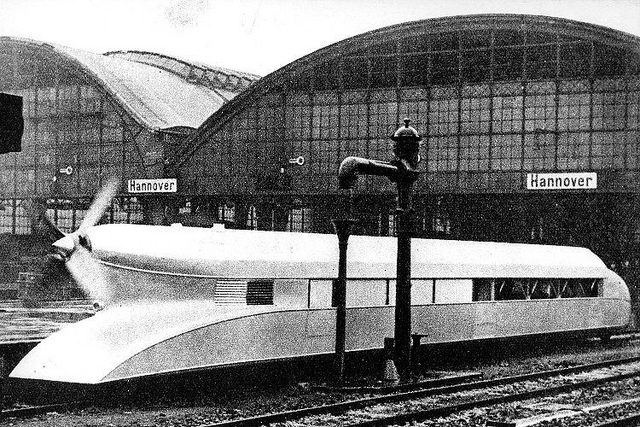
As we mentioned earlier,five years later it was dismantled and melted down as the aluminium was needed by the German military. A sad end to what was once such a remarkable machine.
Several models were displayed at the 2011 Nürnberg International Toy Fair. There are many models to choose from, and some commemorate important anniversaries of German railroading.
It’s was another golden era of design and such a shame there are no surviving models left in a museum somewhere.
